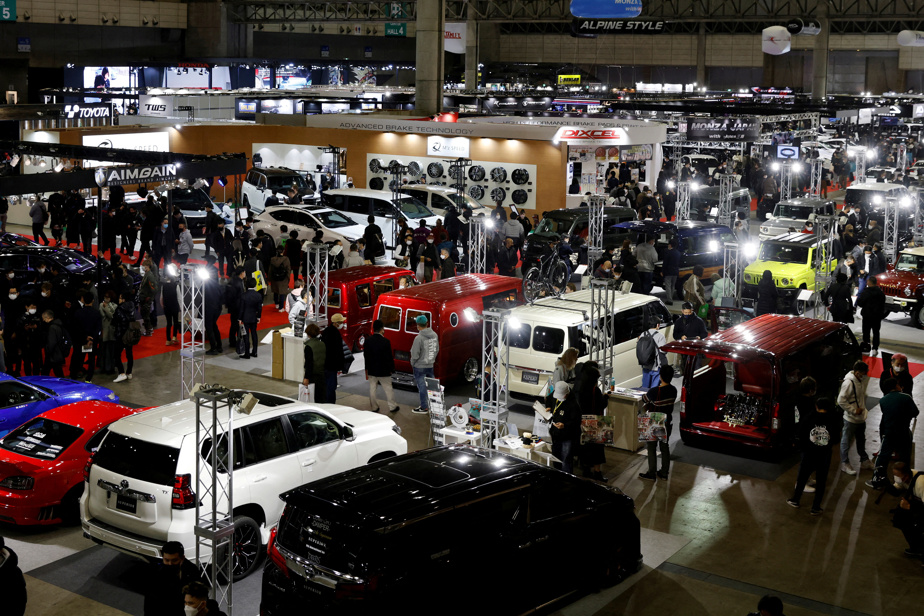There were happy people and unhappy people. Before hitting the road again, here are the good and bad things from the last 12 months. And what is in store for 2024.
Car shows today find themselves at a crossroads. The pandemic period has only accelerated the questioning of manufacturers. Several of them question the relevance of these demonstrations. Moreover, each year they have to juggle a certain number of defections. Or returns, as is the case of the Montreal Auto Show which, for its 79th edition in a few weeks, will welcome some deserters from the previous year.
Of all the major events of the past year, the Tokyo Motor Show was, by far, the most resounding. The organizers demonstrated that, even in the absence of several brands, it was possible to restore luster to this more than century-old concept. It must be recognized that Japanese manufacturers strongly collaborated in this success. By presenting a panoply of new models and conceptual studies, they have lied to those manufacturers who worry that their new products will be drowned in the mass to explain their absence.
While dealer stocks are replenishing (the semiconductor shortage is fading) and manufacturers’ electric transition is accelerating, consumers are seeing more than ever that the price of new vehicles is soaring. Not to mention interest rates. One by one, so-called economical cars are leaving the scene, so that many households no longer have access to them and must turn to second-hand vehicles, preferably not all young ones.
The brands’ arguments to explain the rise in prices are well known. It relies heavily on the cost of electrification (factory tools, employee compensation, investments, etc.). On the other hand, these same brands forget to add another piece of evidence to this case: they focused on models (and their variations) with high profitability and sacrificed the less profitable ones. Manufacturers believe that, in the face of ongoing changes, the best strategy is to produce less and sell more expensively.
Apart from the entry on the scene of Lucid, Rivian and VinFast, all electric start-ups, the automotive landscape remained the same in 2023. And everything suggests that it will be the same in 2024. “For how much longer? », ask certain Canadian distributors who are believed to have intentions of leaving the Quebec, or even Canadian, market. The rules are getting tougher in terms of emissions, and some manufacturers are already worried about not meeting them. The bets are open.
While some brands are counting on their chances of survival, others are preparing to be born. This is the case of the Scout subsidiary of the Volkswagen group, but also of the Chinese giant BYD. The latter has made Europe its main export market in recent years, but is naturally considering expanding it further. For the moment, the American market is hardly favorable (customs duties of 25%), but Canada could be more welcoming. Especially since the Chinese proposal (electric vehicles sold at prices lower than those of the competition) could give more financially constrained households access to the new vehicle market. It would also ensure that governments achieve the emissions reduction targets they have set.
Rather well stocked, the bouquet of new automobile products for 2023 will be even more so in 2024. At least, that is the impression given by the manufacturers. The SUV will – still – dominate the market from head to toe, but will be increasingly electrified, however. Around fifty new products (an increase of some 25%) compared to the previous year will make their debut in 2024. The question is whether these will all be visible in dealerships that same year. Already, some manufacturers have announced that they will postpone the launch of certain models, mainly electric vehicles. This led analysts to say that this category of vehicles was running out of steam. It is not so. On the contrary, sales of electric vehicles are gaining altitude, but only not as much as manufacturers (and their investors) hoped. To this aspect, it is appropriate to add the uncertainties that hover over the directions of the American government, trailing behind which is that of Canada with regard to infrastructure financing and subsidies.
